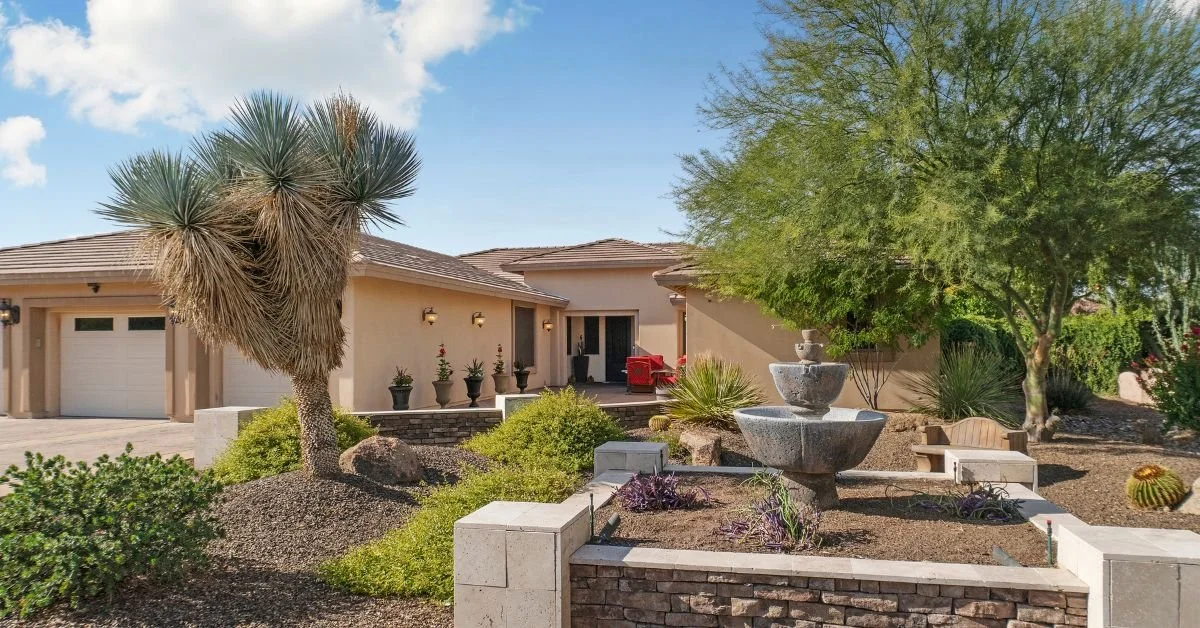A Deep Dive into Slab Leak Repair: Methods and Homeowner Tips
Sometimes the water pipes bringing nice hot water to our homes for a nice steaming shower and cold water for a refreshing drink haven’t been changed in a while and so small leaks happen. That wouldn’t be too much of an issue if the leaks happened, maybe in the bathroom or kitchen, but the issue is far more serious if it happens in one of the pipes beneath the foundation of the house itself. Now, that sort of issue we call a slab leak, and the main problem is the fact that water seldom has anywhere to go except digging a far bigger hole underneath the house and creating a huge structural problem, putting your whole home at significant risk. Sounds scary? That’s because it is, but worry not, as you can take the right steps and make it go away easily. In the text below, we’ll discuss everything there is to know about slab leaks, repairing them, and how to prevent them. Read on!
Understanding Slab Leaks and What They Are!
We already introduced you to the basics and how it might happen. But, truly acting preventively to prevent slab leaks means you’ll have to understand them and why they occur. First, Mother Nature has its ways of disrupting what we’ve built, or, better yet, removing what’s been added to the natural surroundings. One major cause is soil movements, and those movements are a common occurrence but the issue is that while building the foundation of your home, those movements haven’t been taken into account and the right preventive measures were completely skipped and disregarded. Another factor contributing to slab leaks is old pipes. They often fall victim to natural corrosion, making them weak, and due to the constant water pressure, they simply give in and break. Once it’s done, it’s done, but there are some signs to look out for before the damage gets too big.
Does It Affect Your Home’s Value?
It’s safe to say that in the case of you wanting to sell your home at some point, the fact that you had a slab leak might affect the market price, as real estate can be tough to sell if someone thinks of it as damaged goods. But, with the right paperwork proving you’ve done the job right in terms of repair, you’ll be all settled and it won’t make too much of a difference anyway.
Premature Signs of Slab Leaks
If you happen to notice your water bill increasing unexpectedly, there is a good chance that water is probably going somewhere, and it’s not your shower. Then, in the middle of the night, you might hear some water sounds, like running tap water, even though all the taps have been sealed. Damp or warm spots on the floor and possible cracks in the walls are also good indicators. The latter mostly means the water already got into the foundation or beneath it and started tilting the house and compromising its structure.
How to Repair It?
This is a job for professionals with years of experience and obviously, you shouldn’t be doing it on your own. Fortunately, many companies offer water main excavation service and do the digging instead of you. Once they fulfill this step, they will pinpoint the exact spot, and pipe rerouting is the best and least invasive method. A new pipe is installed above the leaking one and the water is rerouted in a different direction, securing the steady flaw while avoiding any foundational damage to the house.
Once the excess water has been excavated and the leaky pipe repaired, the last thing to do is assess the damage done to the house, and some foundational repairs will probably need to be done.
How to Detect the Spot
Once you’ve established the issue and know for sure it’s a slab leak, the tricky part is determining the exact spot for repairs. Now, we opt for some non-invasive approaches, as they don’t put your home at any sort of structural risk of harm. Invasiveness would mean digging unnecessary holes and putting your house at risk of completely tilting, while nowadays modern technology allows us to determine the exact spot where there is excess water flowing. We can pinpoint it with electronic amplification tools and electromagnetic pipeline locators. The first listens to the sound of the water and tracks it; the second tool tracks the path of the pipe. With the help of modern tools, it’s easy to locate and detect the exact spot and place where the leak is happening.
What’s Epoxy Pipe Coating?
A common question asked is about epoxy pipe coating as a repair technique and whether it’s a good preventive measure as well. In short, as the name suggests, a new and modern approach to fixing slab leaks is coating the whole pipe with a thin layer of epoxy lining, completely sealing off the pipe without having to replace it or put a new one above it for rerouting. It’s effective, and if you do have the money to spare, you can also do it as a preventive measure, although it’s quite an expense.
Preventive Measures
Understandably, few of us think about slab leaks and the possibility of them happening. Usually, we’re more likely to think about the next home renovation project, maybe making a nice patio for the upcoming summer season, or maybe replacing the windows and doors before winter hits so we can save some money on heating and gas. And, of course, not everyone has to worry about slab leaks, and not everyone is building a home on risky soil. But if you’re in an area prone to floods, or maybe an area where the installation has not been changed for decades, maybe considering slab leaks as a possibility is what we can call “planning ahead”. If the area is surrounded by rivers or maybe near an ocean, the chances of underwater streams are high, and slab leaks are a real possibility. So, in the spirit of what we have established now, the best preventive measure is to have regular and annual plumbing inspections.
God forbid it ever happens, but if it does, you now know how to deal with it and what early signs you should be looking out for to detect it on time and act accordingly. In any case, stay calm and make sure to call a professional to do the job and you’ll be safe.







